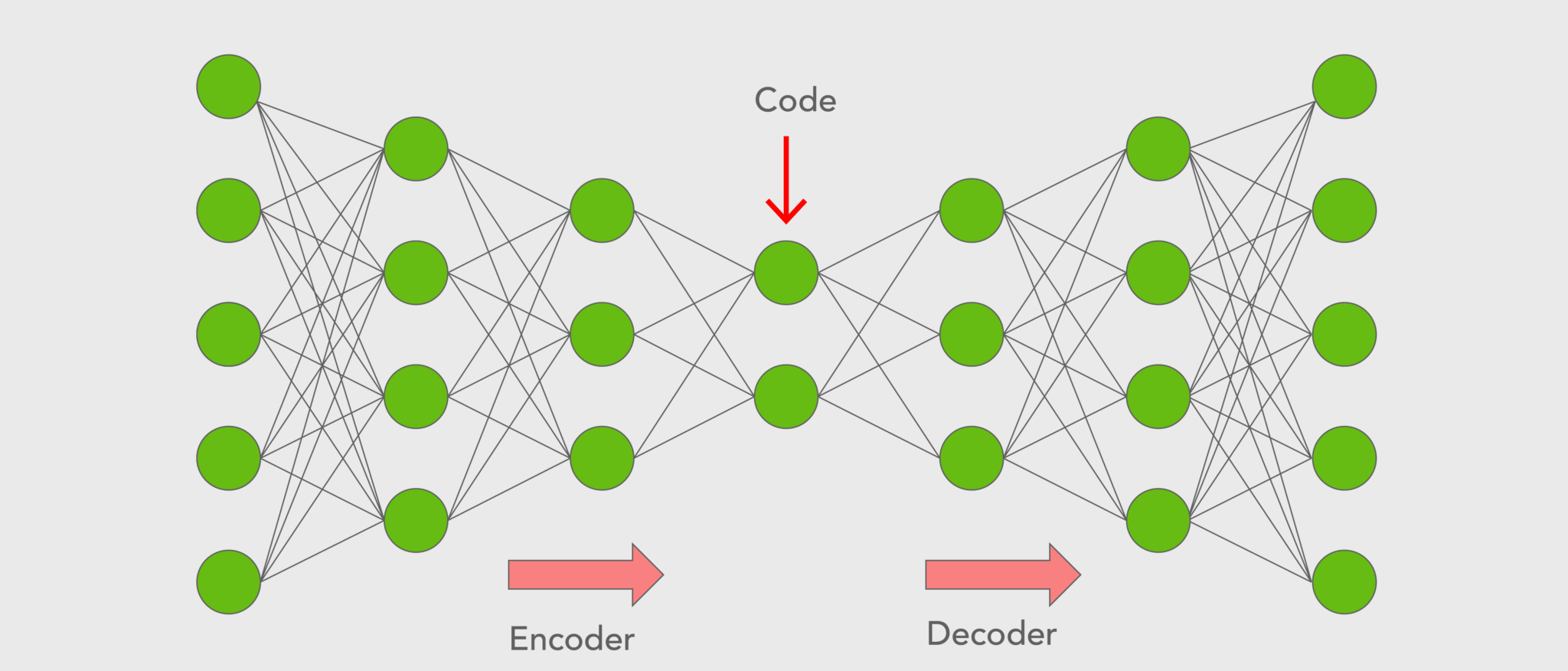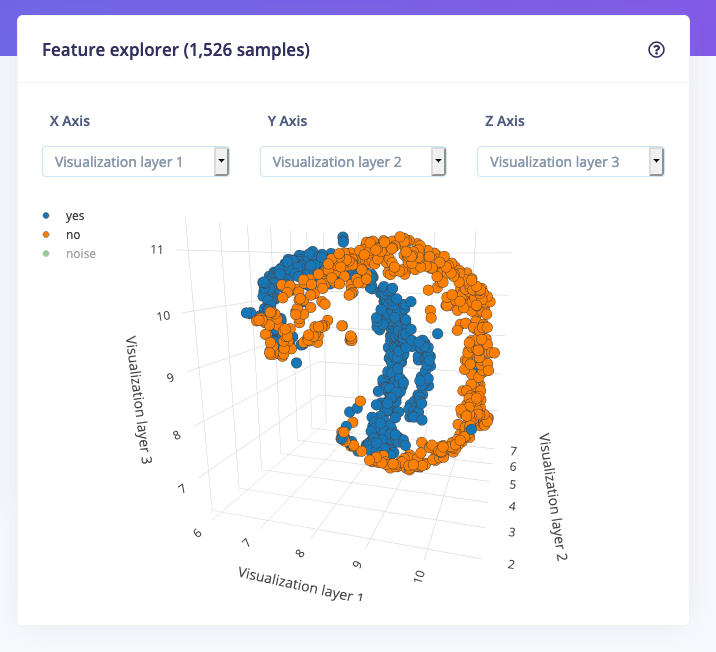Innovations and Challenges in Machine Learning’s Anomaly Detection
Exploring the Depths of Anomaly Detection in Machine Learning
Anomaly detection, a pivotal component in the realm of Artificial Intelligence (AI) and Machine Learning (ML), stands at the forefront of modern technological advancements. This domain’s importance cannot be overstated, especially when considering its application across various sectors, including cybersecurity, healthcare, finance, and more. Drawing from my background in AI and ML, especially during my time at Harvard University focusing on these subjects, I aim to delve deep into the intricacies of anomaly detection, exploring its current state, challenges, and the promising path it’s paving towards the future.
Understanding Anomaly Detection
At its core, anomaly detection refers to the process of identifying patterns in data that do not conform to expected behavior. These non-conforming patterns, or anomalies, often signal critical incidents, such as fraud in financial transactions, network intrusions, or health issues. The ability to accurately detect anomalies is crucial because it enables timely responses to potentially detrimental events.
Techniques in Anomaly Detection
The techniques utilized in anomaly detection are as varied as the applications they serve. Here are some of the most prominent methods:
- Statistical Methods: These methods assume that the normal data points follow a specific statistical distribution. Anomalies are then identified as data points that deviate significantly from this distribution.
- Machine Learning-Based Methods: These include supervised learning, where models are trained on labeled data sets to recognize anomalies, and unsupervised learning, where the model identifies anomalies in unlabeled data based on the assumption that most of the data represents normal behavior.
- Deep Learning Methods: Leveraging neural networks to learn complex patterns in data. Autoencoders, for instance, can reconstruct normal data points well but struggle with anomalies, thus highlighting outliers.
< >
>
During my tenure at Microsoft, working closely with cloud solutions and endpoint management, the need for robust anomaly detection systems became apparent. We recommended deep learning methods for clients requiring high accuracy in their security measures, underscoring the method’s effectiveness in identifying intricate or subtle anomalies that traditional methods might miss.
Challenges in Anomaly Detection
While anomaly detection offers substantial benefits, it’s not without challenges. These include:
- Data Quality and Availability: Anomaly detection models require high-quality, relevant data. Incomplete or biased datasets can significantly impair the model’s performance.
- Dynamic Environments: In sectors like cybersecurity, the nature of attacks constantly evolves. Anomaly detection systems must adapt to these changes to remain effective.
- False Positives and Negatives: Striking the right balance in anomaly detection is challenging. Too sensitive, and the system generates numerous false alarms; too lenient, and genuine anomalies go undetected.
< >
>
The Future of Anomaly Detection
Looking towards the future, several trends and advancements hold the promise of addressing current challenges and expanding the capabilities of anomaly detection systems:
- Integration with Other Technologies: Combining anomaly detection with technologies like blockchain and the Internet of Things (IoT) opens up new avenues for application, such as secure, decentralized networks and smart health monitoring systems.
- Advancements in Deep Learning: Continued research in deep learning, especially in areas like unsupervised learning and neural network architectures, is poised to enhance the accuracy and efficiency of anomaly detection systems.
- Automated Anomaly Detection: AI-driven automation in anomaly detection can significantly improve the speed and accuracy of anomaly identification, allowing for real-time detection and response.
< >
>
As we explore the depths of anomaly detection in machine learning, it’s clear that this field is not just critical for current technology applications but integral for future innovations. From my experiences, ranging from developing machine learning algorithms for self-driving robots to designing custom CCD control boards for amateur astronomy, the potential for anomaly detection in enhancing our ability to understand and interact with the world is vastly untapped. The path forward involves not just refining existing techniques but innovating new approaches that can adapt to the ever-changing landscape of data and technology.
Conclusion
In conclusion, anomaly detection stands as a beacon of innovation in the AI and ML landscape. With its wide array of applications and the challenges it presents, this field is ripe for exploration and development. By leveraging advanced machine learning models and addressing the current hurdles, we can unlock new potentials and ensure that anomaly detection continues to be a critical tool in our technological arsenal, guiding us towards a more secure and insightful future.









Leave a Reply
Want to join the discussion?Feel free to contribute!